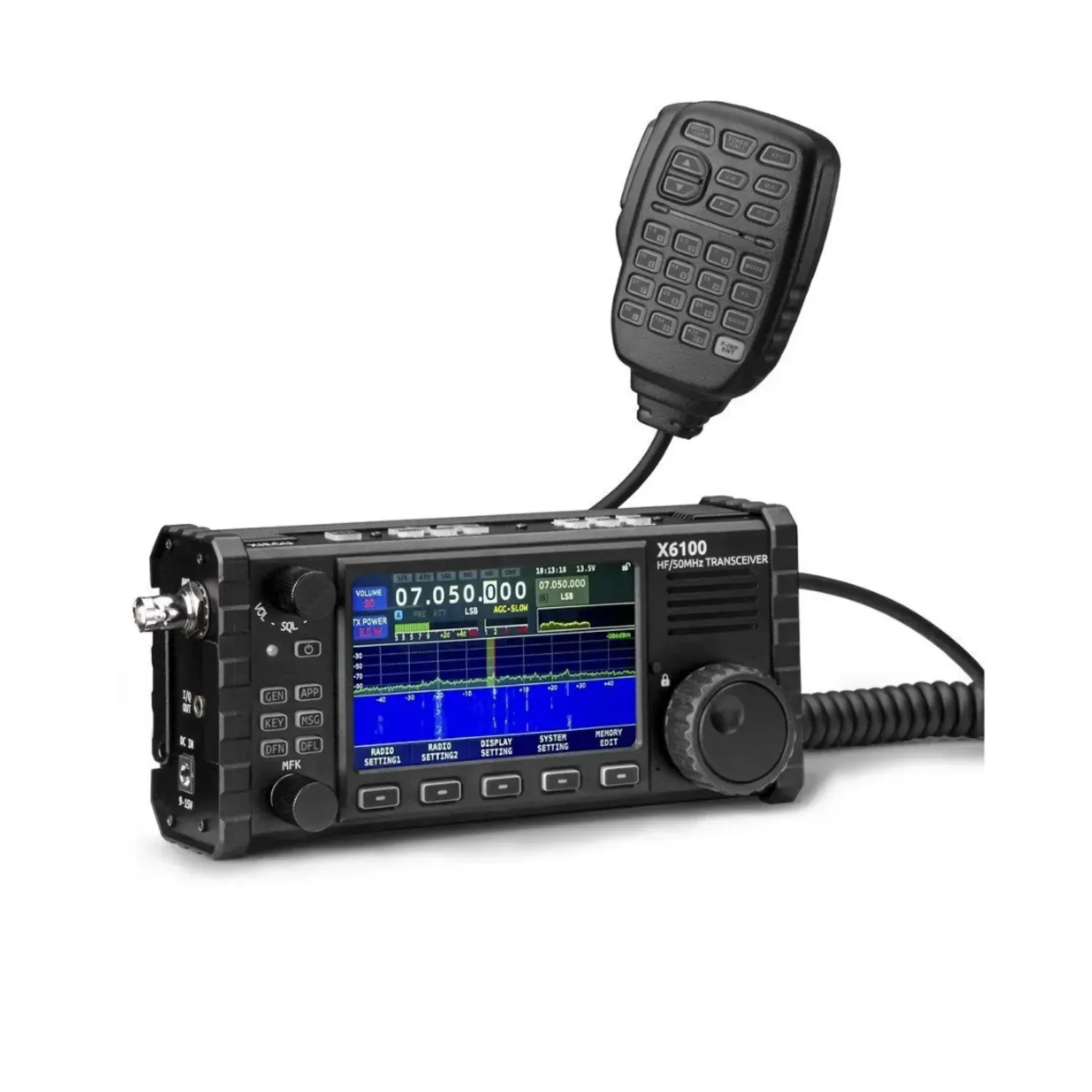
Send Inquiry
What is the Difference Between MF and HF Radio?
If you're delving into the captivating world of radio communication, you've likely encountered terms like MF and HF radio. While they may appear similar on the surface, these two technologies possess distinct characteristics that significantly impact their functionality and applications. In this immersive exploration, we'll not only unravel the disparities between MF and HF radio but also uncover their unique strengths, historical significance, and their pivotal roles in modern wireless communication.
Understanding MF and HF Radio
Before delving deeper into the differences, let's establish a robust understanding of MF (Medium Frequency) and HF (High Frequency) radio and their remarkable contributions to the realm of wireless communication.
Medium Frequency (MF) Radio
Medium Frequency (MF) radio operates within the frequency range of 300 kHz to 3 MHz. This versatile spectrum has historically served as a cornerstone for various communication endeavors, from maritime navigation to aviation guidance. MF radio's ability to propagate signals via ground wave during the day and sky wave during the night makes it indispensable for medium-range communication, connecting distant shores and traversing vast expanses of open sky.
High Frequency (HF) Radio
High Frequency (HF) radio, with its dynamic frequency range of 3 MHz to 30 MHz, stands as a beacon of long-distance communication prowess. Renowned for its ability to circumnavigate the globe, HF radio harnesses the power of ionospheric reflection to bounce signals across continents and oceans. From international broadcasting to military operations and amateur radio enthusiasts, HF radio serves as a lifeline connecting individuals and communities across vast distances, transcending geographical barriers with unparalleled efficiency.
Key Differences Between MF and HF Radio
Now, let's embark on an illuminating journey to unravel the key disparities between MF and HF radio, shedding light on their unique characteristics and applications.
Frequency Range
- MF Radio: Frequencies ranging from 300 kHz to 3 MHz.
- HF Radio: Frequencies spanning from 3 MHz to 30 MHz.
Propagation Characteristics
- MF Radio: Relies on ground wave propagation during daylight hours and sky wave propagation at night, facilitating medium-range communication.
- HF Radio: Harnesses sky wave propagation to bounce signals off the ionosphere, enabling long-distance communication spanning thousands of kilometers.
Range of Communication
- MF Radio: Primarily suitable for medium-range communication, typically spanning a few hundred kilometers.
- HF Radio: Excelling in long-distance communication, with the capacity to traverse vast expanses, connecting continents and crossing oceans with ease.
Diverse Applications
- MF Radio: Historically utilized for maritime communication, aviation guidance, and select broadcasting applications.
- HF Radio: Widely employed for international broadcasting, military operations, emergency communication, amateur radio endeavors, and long-range maritime and aviation communication.
Equipment and Antenna Requirements
- MF Radio: Requires relatively straightforward antennas and equipment due to lower frequencies and simpler propagation characteristics.
- HF Radio: Often necessitates more sophisticated antennas and equipment to harness higher frequencies and optimize signal propagation across vast distances.
Choosing the Right Radio for Your Needs
As you embark on your radio communication odyssey, navigating the vast sea of frequencies and possibilities, consider the following factors:
- Distance: If your communication needs span vast distances, especially across continents and oceans, HF radio emerges as the clear choice.
- Terrain and Obstacles: HF radio's resilience to geographical barriers makes it an ideal companion for communication in rugged terrain and remote regions.
- Purpose and Application: Evaluate your specific communication requirements and determine whether MF or HF radio aligns with your objectives and operational parameters.
Conclusion
In conclusion, while MF and HF radio share common ground in their pursuit of long-range communication, their distinctive characteristics and applications set them apart as indispensable tools in the modern wireless communication landscape. Whether you're navigating the high seas, traversing remote wilderness, or forging connections with fellow enthusiasts across the globe, the choice between MF and HF radio heralds a new era of exploration and connectivity. By understanding the nuances of these technologies, you can embark on a transformative journey, transcending boundaries and harnessing the power of wireless communication to illuminate the pathways of human connection and collaboration.
For those seeking reliable and high-quality HF radios, consider Ruixue’s HF radio range. Ruixue is a professional manufacturer and supplier of radio communication equipment, renowned for their robust and innovative products. With Ruixue’s HF radios, you can ensure clear, reliable, and far-reaching communication, enhancing your experience and ensuring you stay connected no matter where your journey takes you. Happy transmitting!


